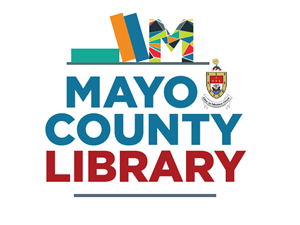The Great Famine
The Great Famine was one of the defining moments of Irish history. It marked a watershed in the history of the country causing a change so complete in the Irish social and political circumstances, that the fabric of the people’s sensibilities would never be the same again. No longer could the Irish people trust to the land to provide constant sustenance. No longer could they rely on what security of tenure that the landlords allowed them, and most importantly they learned that their English political masters cared little for their plight.
Mayo was one of the counties that suffered most, losing one third of its population through death and emigration. In 1841 the population of Mayo was 388,847, by 1851 it had fallen to 274,830; the number of homes in the county had fallen from 70,542 to 49,073 in the same period.
During her presidency, Mary Robinson spoke regularly about the Famine and our need to come to terms with it. She regarded the legacy of the Famine and in particular the resultant Irish diaspora as central to the Irish experience.
THE FAMINE IN MAYO: A PORTRAIT FROM CONTEMPORARY SOURCES ONLINE EXHIBITION tells the tragic story of the great famine from contemporary sources – eyewitness accounts, official records and reports in local newspapers of the period and is illustrated with prints, photographs and maps. It provides a comprehensive picture of life in famine times covering topics such as diet, evictions, emigration, workhouses and relief measures.
The exhibition was compiled and produced by Ivor Hamrock of Mayo County Library - please select the link below to view and read a full screen version of the exhibition

